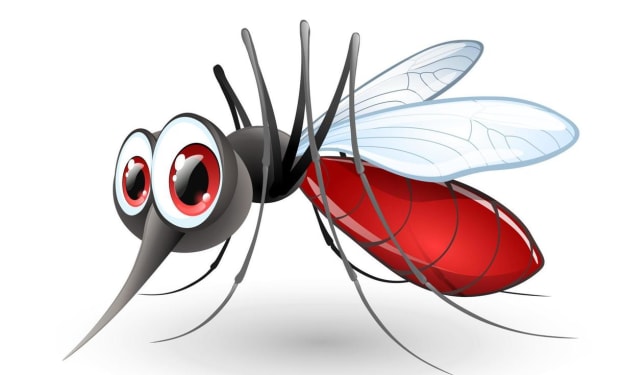Baitcasting Reel Maintenance- Wonder how to take care of yours?
Baitcasting Reel

Regular baitcasting reel maintenance will ensure that your equipment is in tiptop condition, and is performing efficiently on water. It doesn’t matter whether it’s a small hook or a big component like the outboard motor since all these are essential components that will lengthen the lifespan of the equipment. Furthermore, some expert anglers now say that regular cleaning and maintenance improves casting distance, accuracy as well as efficiency.
Now, before attempting to carry out any DIY task on your baitcasting reel, make sure you’re familiar with the schematics of the reel. Of course you’ll need screwdrivers, small painting brushes, a toothbrush, detergent for scrubbing dirty reel, paper towels and many other items as you’ll find necessary.
Basic maintenance
After you’ve spent the day fishing out in the ponds, you should ensure that the spool is removed and rinsed using fresh water — together with the rest of the fishing reel. Once the cleaning has been done, dry these components with paper towels before applying a few drops of machine oil for purposes of lubricating the hinge springs, roller, shaft, crank handle knob, and any other moving part of the mechanism.
Detailed maintenance
When carrying out detailed baitcasting or Spinning reel maintenance tasks, you will need to remove the side plate, rotor, spool, handle and the crank gear. Once these parts have been removed and are exposed, you can clean them using a paintbrush or a toothbrush for that matter. You could also use mild detergent for this purpose.
Dry those parts with a cloth and start greasing the bushings, the gears, oscillator parts, bearings and other moving parts. The process should be followed by careful re-assembling of the parts back to where they belong.
Saltwater maintenance
After a fishing spree, you need to remove the spool so it can be soaked in fresh water. The reel body should also be rinsed with a spray of clean water. Your reel is most sensitive when used in a saltwater setting, and therefore maintenance is crucial if you love fishing in this type of water.
Each time saltwater gets into contact with the surface of the reel and dries up, it leaves behind a microscopic coating formed by crystalline salt residue. As a result, the salt crystals will attack the mechanisms of the reel, thus creating a wearing or binding effect — the same way dirt or sand does.
After you’ve cleaned the saltwater residue from the reel and spool, dry the remaining water with a dry cloth. Apply a light coating of quality lubricant which inhibits corrosion (they often indicate this on the package). It is highly recommended that you use lubricants that are intended for use on fishing reels.
Lubrication
You should exercise care when lubricating baitcasting reels. Therefore, this section outlines the proper guidelines that should be observed when handling baitcasting reels. But first, take note of the following points:
(a) When correctly maintained and lubricated, the spinning reels will serve you for years.
(b) When lubricating with grease and oil, only apply small amounts as too much of grease/oil can actually hinder the performance of your spinning reels.
(c) The higher the frequency of use, the more frequent you should maintain it. There should be cleaning and lubricating after every fishing trip in salty water. The same should apply when the reel is dropped in sand or dirt.
(d) Annual cleaning should take place at your local technician’s shop. It is always good to have your baitcasting reel checked professionally. This will cost you money, but it’s worth the investment.
Spinning reels have different points that should be lubricated, though these points will vary from one reel to the other. In general, the following points should be paid attention to: Worm shaft, main gear, oscillator gear, pinion gear, anti-reverse clutch sleeve, and ratchet bushings. These parts only apply when it comes to greasing.
When oiling, you will pay attention to parts such like bail hinge, handle knobs (both sides), bail spring, roller bushing, spring holders, ball bearings, and kick leaver mechanism.
Note
The oil and grease you use for this application should be of good quality. Grease should be light in form.
About the Creator
leroy kowalski
leroy kowalski is a seasoned kayaker with 15 years of experience under his belt. He began kayaking as a way to reduce work stress but quickly became an avid kayak fisher and lure expert.





Comments
There are no comments for this story
Be the first to respond and start the conversation.